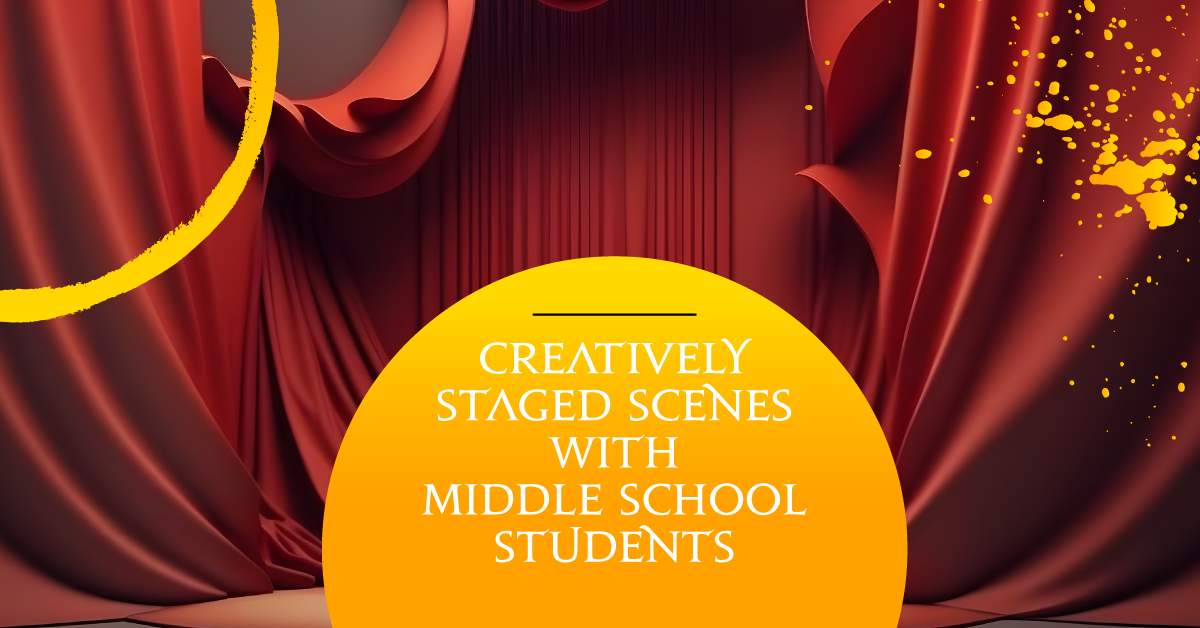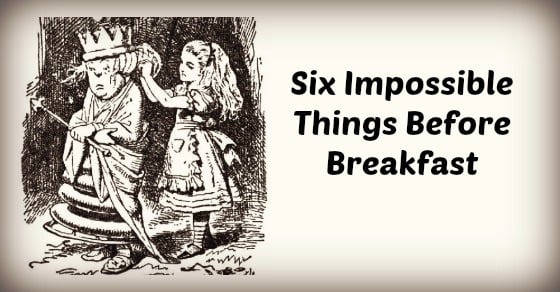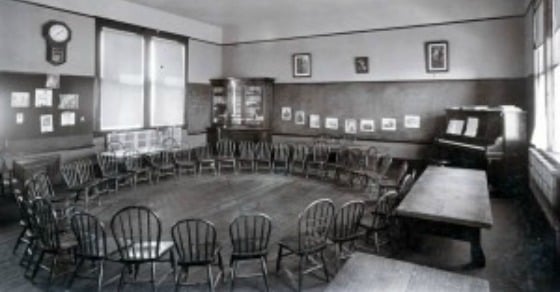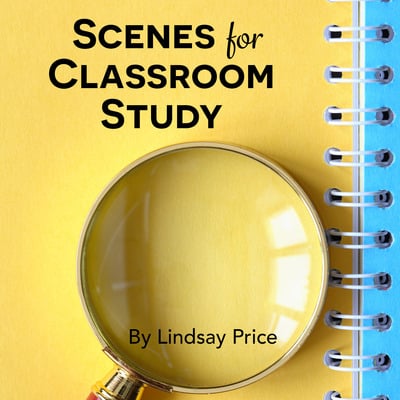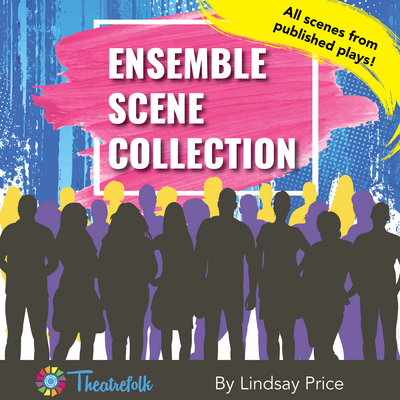Creatively-Staged Scenes with Middle School Students
It’s exciting when well-known books, films, and television shows get turned into stage productions. Plays and musicals like The Lightning Thief: The Percy Jackson Musical, The SpongeBob Musical, and Harry Potter and the Cursed Child feature favourite characters and epic moments, real and in person! These types of shows are a great way to engage your students in the drama classroom and capture their imaginations, bringing many different possibilities for storytelling onstage. Students can find inspiration in these types of shows and have great fun in creating their own interpretations and adaptations of the different scenes and moments onstage.
However, younger students are often quite literal and don’t always know how to translate large, fantastical scenes from the script to the stage, or more often, the screen to the stage. They see giant battle sequences, characters flying or falling, car chases, magical transformations, or large sporting events and expect them to look exactly like they do on the screen or on the page. They don’t think of things like green screens, stunt people, post-production editing, or the thousands of dollars it takes to achieve these effects in a film or television show.
These moments aren’t impossible to translate to the stage; we just need to look at them differently. We bring them to life through theatricalization, meaning “in a dramatic and representative manner.” It’s not exact; rather, a theatricalized moment represents the image and story, with the audience suspending their disbelief. They know the moment they’re watching onstage isn’t going to be perfectly realistic, yet what they’re seeing is still believable and evokes emotion. How can we challenge our middle school drama students to bring the unreal to life onstage?
Let’s explore the process of coming up with simple yet creative solutions for staging these types of scenes. Start by having students share video clips of action-packed moments from their favourite movies or shows, live or animated. Have them point out moments that are exciting and ones they would like to create onstage.
Then, either as a full class or in small groups, come up with ideas on how to bring the scene to life onstage. For example, let’s say the scene features a character driving a car. Your students likely will not be able to bring a full-sized functional car onstage. However, there are lots of ways to make a car “appear” onstage, using items they might find in the drama classroom or in their backpacks. For example:
- Have students mime or create tableau scenes unlocking the car door, entering the car, steering, etc.
- Have an actor sit on a rehearsal block or stationary chair and hold a circular object, such as a paper plate or a Frisbee, as the steering wheel.
- Have one student push another around the room in a rolling desk chair or wheeled stool.
- Use a toy car as a puppet and have another classmate narrate what’s happening.
In these instances, the audience knows there isn’t an actual car onstage, but they understand that the action and selected props are used in a way that represents the car.
Once students have brainstormed some ideas about how they could stage these scenes, have them get up on their feet and try creating the scenes. Give them a set amount of rehearsal time and then have them present their work in front of the rest of the class.
Below you’ll find some examples of scenarios your students can work on in the classroom if they need ideas. Be sure to remind them to treat their bodies and those of their friends’ gently and safely, especially if they’re creating battle scenes or similarly physically risky scenes. If available, students can use items from the classroom and their own possessions, but if there aren’t any items available, mime, tableau, and slow-motion movements are all fun and effective!
- A large sporting event — anything from a hockey game to a Quidditch match
- Peter Pan and Wendy flying to Neverland
- A battle sequence, such as the Battle of Helm’s Deep from Lord of the Rings or the battle between the White Witch’s army and Aslan’s army in The Lion, The Witch, and the Wardrobe
- The Evil Queen transforming into the Witch in Snow White and the Seven Dwarfs
- Casting a spell in the Harry Potter universe
- An underwater sequence, such as Ariel and Flounder exploring her grotto in The Little Mermaid
- A horse race or trail ride
- Tarzan and Jane swinging on vines through the jungle
- Winnie the Pooh getting stuck in Rabbit’s hole and his friends trying to help him get unstuck
- Heroes trying to find their way through a giant hedge maze
How will your students tackle these epic scenes in a creative way? For a greater challenge, have your class figure out two ways to stage each scene!
Related Articles:
Create a World
Create a Giant Onstage
Putting Together a Drama Class Adaptation Project
Playwriting Exercise: Exploring Adaptation
Scene Self-Staging: Teaching Students to Block Theatrically and Independently
Related Articles
Scenes for Classroom Study
by Lindsay Price
Scenes for Classroom Study consists of scenes from published Theatrefolk plays and is designed to help with character study, scene work, substitute teachers, performance, Individual Event competitions and so much more.
Ensemble Scene Collection
by Lindsay Price
Looking for quality scenes for your ensemble that haven't been done a million times? This Ensemble Scene Collection contains 33 scenes from published plays - great for competition and classwork!
